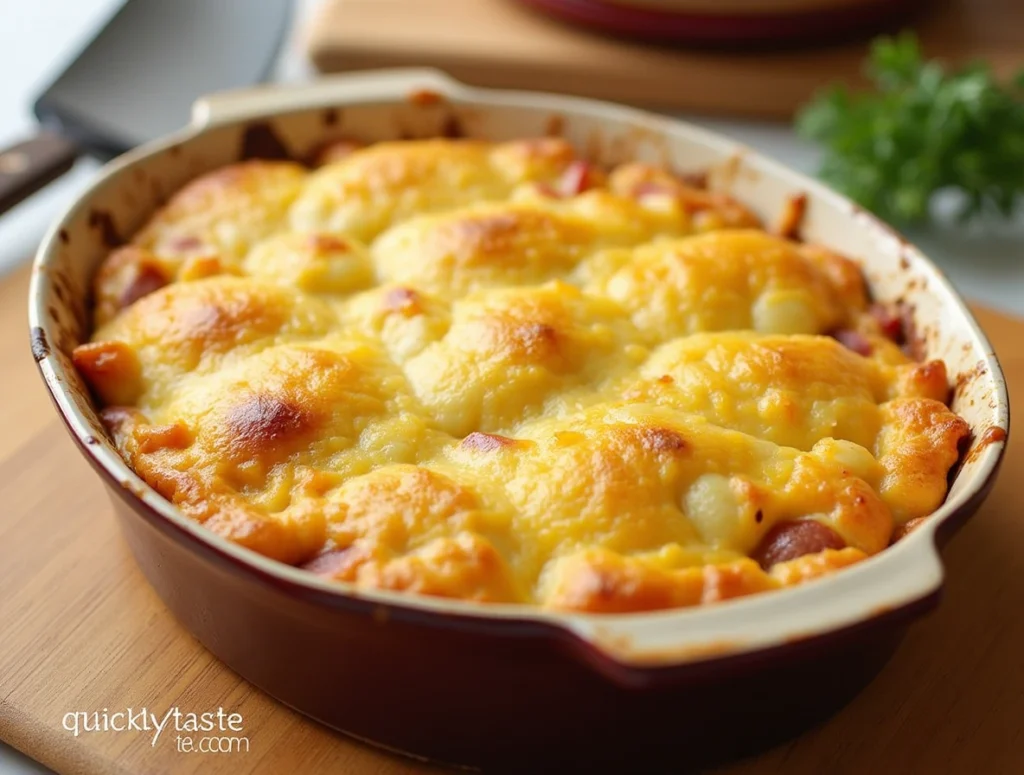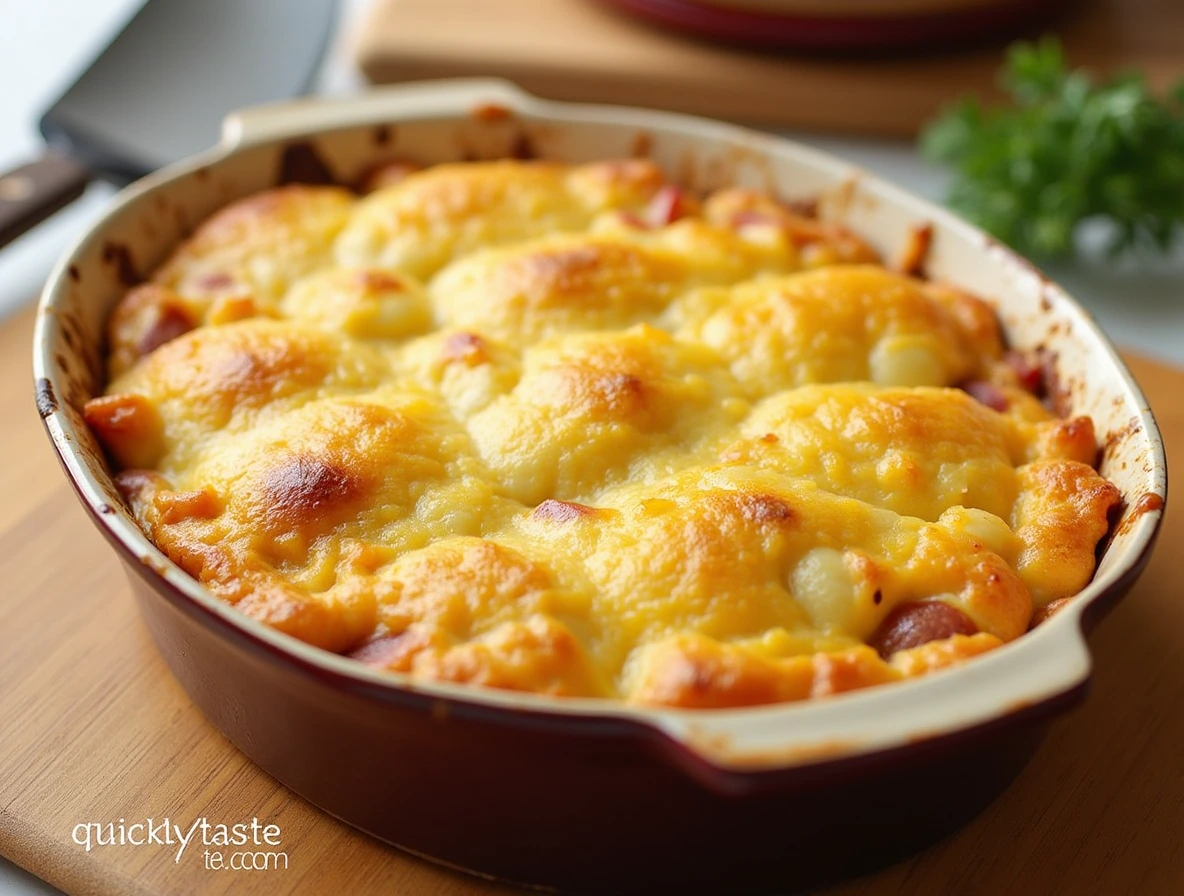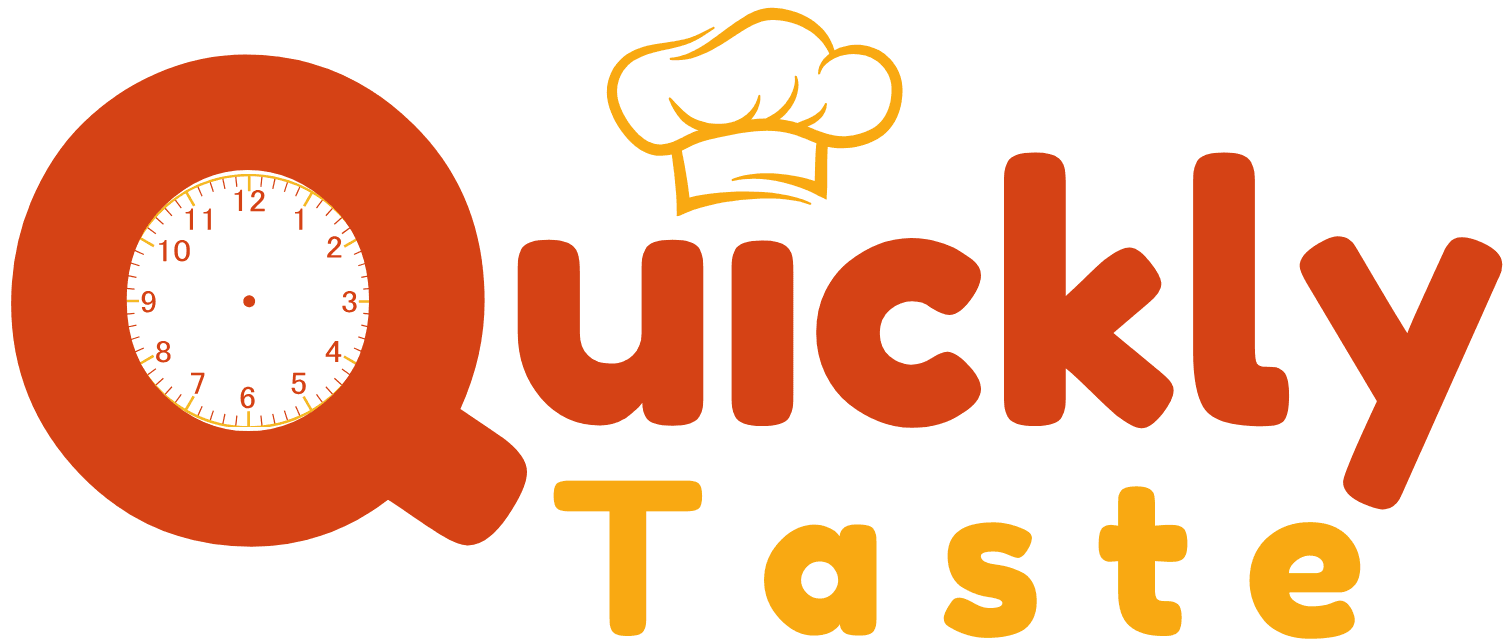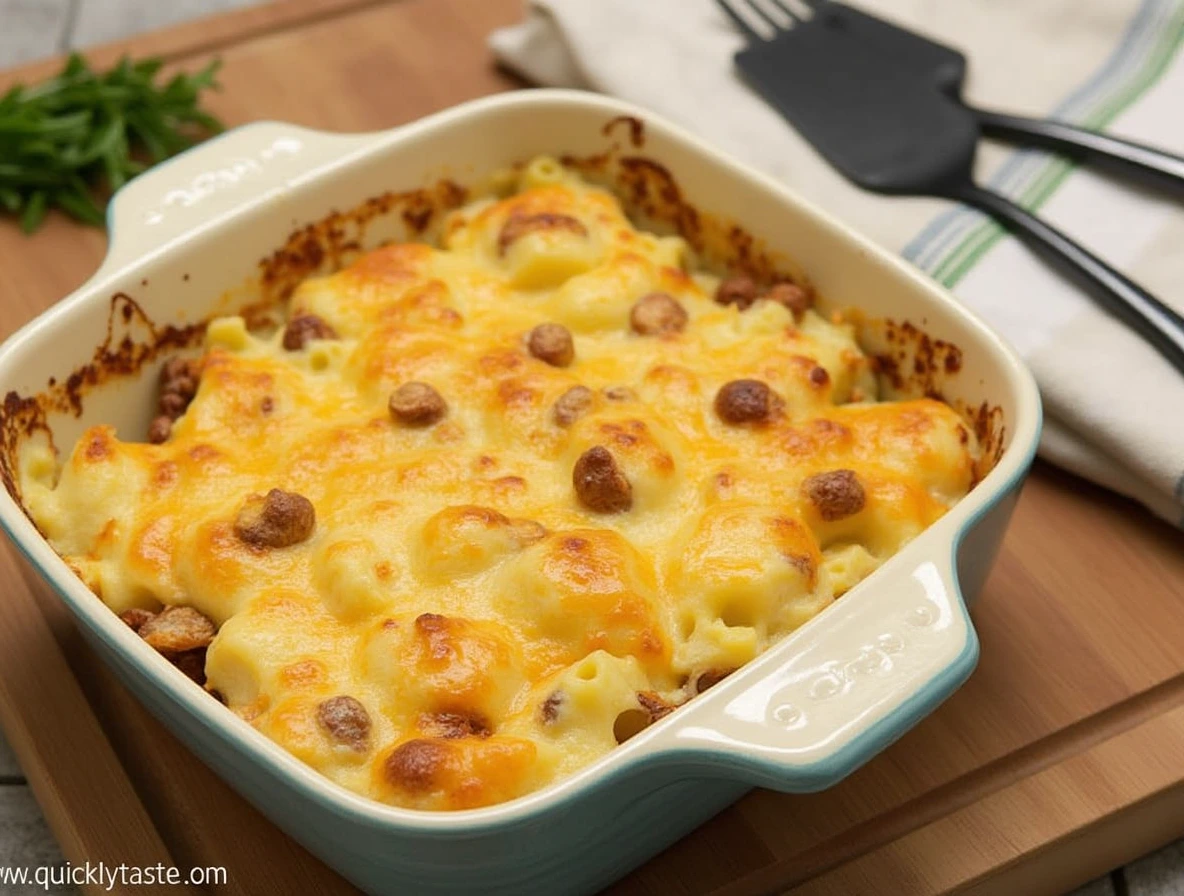Love pierogies but not the time it takes to make them from scratch? Pierogi casserole is the answer. This easy, layered bake brings you all the comforting flavors of traditional Polish dumplings—without the fuss. Creamy mashed potatoes, cheese, caramelized onions, and optional kielbasa come together in a cheesy, golden casserole that’s perfect for family dinners, potlucks, or a cozy weekend meal.

What is Pierogi Casserole?
Traditional pierogies are dumplings filled with potatoes, cheese, meat, or sauerkraut. They’re delicious—but labor-intensive. Pierogi casserole offers a faster, easier version. Instead of stuffing each dumpling, you layer the ingredients in a baking dish—just like a lasagna.
It usually includes noodles (or frozen pierogies), a cheesy potato mixture, sautéed onions, and sometimes bacon or kielbasa. The result? A rich, savory bake with all the Polish flavors you love.
Want something equally hearty? Try our Cattle Drive Casserole—another comfort-food classic!
Ingredients You’ll Need
This recipe is simple and customizable. Here’s what you’ll need:
- Cooked lasagna noodles (or frozen pierogies)
- Mashed potatoes
- Shredded cheddar cheese
- Cream cheese
- Sour cream
- Butter
- Onions (sautéed)
- Optional: bacon, kielbasa, mushrooms, or spinach
- Salt and pepper
Need alternatives? Use gluten-free pasta or dairy-free cheese if you’re adjusting for allergies or preferences.
How to Make Pierogi Casserole (Step-by-Step)
- Preheat your oven to 375°F (190°C). Grease a 9×13-inch baking dish.
- Cook the noodles (if using) until al dente. Set aside.
- Sauté onions in butter until soft and golden. Add cooked bacon or kielbasa if you’re using them.
- Make the filling by mixing mashed potatoes, cheddar, cream cheese, sour cream, salt, and pepper.
- Start layering:
Noodles (or pierogies)
Potato-cheese mixture
Onion/meat mixture
Repeat layers and top with shredded cheese and butter. - Cover with foil and bake for 25 minutes. Remove foil and bake another 10–15 minutes until golden and bubbly.
- Let it rest for 5–10 minutes before serving. This helps it set and makes slicing easier.
For another take on this recipe, check out this Pierogi Casserole Recipe for extra tips!
Easy Variations and Smart Tips
- Vegetarian? Skip the meat and add spinach or mushrooms.
- Frozen pierogies? Use them instead of noodles—just extend baking time.
- Want it creamier? Add a bit of heavy cream between layers.
- Freezer-friendly: Assemble and freeze before baking. Bake straight from frozen with extra time.
For a creamier version, this Baked Pierogi Casserole has great inspiration.
What to Serve with Pierogi Casserole
Because it’s so rich, pair it with fresh, light sides like:
- Cabbage slaw
- Cucumber-dill salad
- Pickled beets
- Steamed green beans
- Sauerkraut
For drinks, try a crisp beer, sparkling water with lemon, or chilled white wine.
Got leftovers? Store in the fridge for up to 4 days. Reheat in the oven or air fryer to keep it crisp.
Frequently Asked Questions
Cook lasagna noodles or use frozen pierogies. Mix mashed potatoes with cheese, sour cream, and seasonings. Layer noodles, filling, and sautéed onions (plus meat if using) in a baking dish. Top with cheese, bake at 375°F, and serve warm.
Sour cream is the classic go-to. You can also use caramelized onions, browned butter, creamy mushroom sauce, or dill yogurt sauce for extra flavor.
Light, tangy sides like cabbage slaw, cucumber salad, pickled veggies, or a green salad balance the richness perfectly. Finish with a fruity dessert like apple cake or compote.
The classic? Mashed potatoes and cheddar. Other popular fillings include sauerkraut with mushrooms, seasoned ground meat, or sweet cheese. For creative spins, try spinach and feta or even sweet potato.
Final Thoughts
Pierogi casserole is the ultimate cozy meal. It’s easy, filling, and brings together everything we love about traditional pierogies—with way less work. Once you try it, it’ll become a regular in your dinner rotation.
Don’t forget to try other favorites from our site like Cheesy Beef Goulash or Mini Chicken Pot Pies for more comforting family meals.

Pierogi Casserole
Equipment
- 9×13-inch Baking Dish
- Skillet
- Mixing Bowls
Ingredients
Pierogi Casserole Base
- 9 lasagna noodles cooked, or substitute frozen pierogies
- 3 cups mashed potatoes seasoned
- 1 cup shredded cheddar cheese
- 4 oz cream cheese softened
- 0.5 cup sour cream
- 2 onions sliced and sautéed in butter
- 2 tbsp butter for sautéing and topping
Optional Add-ins
- 1 cup kielbasa or bacon cooked and sliced
- salt and pepper to taste
Instructions
- Preheat oven to 375°F (190°C) and grease a 9×13-inch baking dish.
- Sauté onions in butter until golden. Add optional bacon or kielbasa if using.
- In a bowl, combine mashed potatoes, cheddar cheese, cream cheese, sour cream, salt, and pepper.
- Layer noodles (or pierogies), potato mixture, and onion/meat mixture in baking dish. Repeat layers.
- Top with extra shredded cheese and a few dabs of butter. Cover with foil and bake 25 minutes.
- Remove foil and bake 10–15 minutes more until top is golden and bubbly. Let rest before serving.

